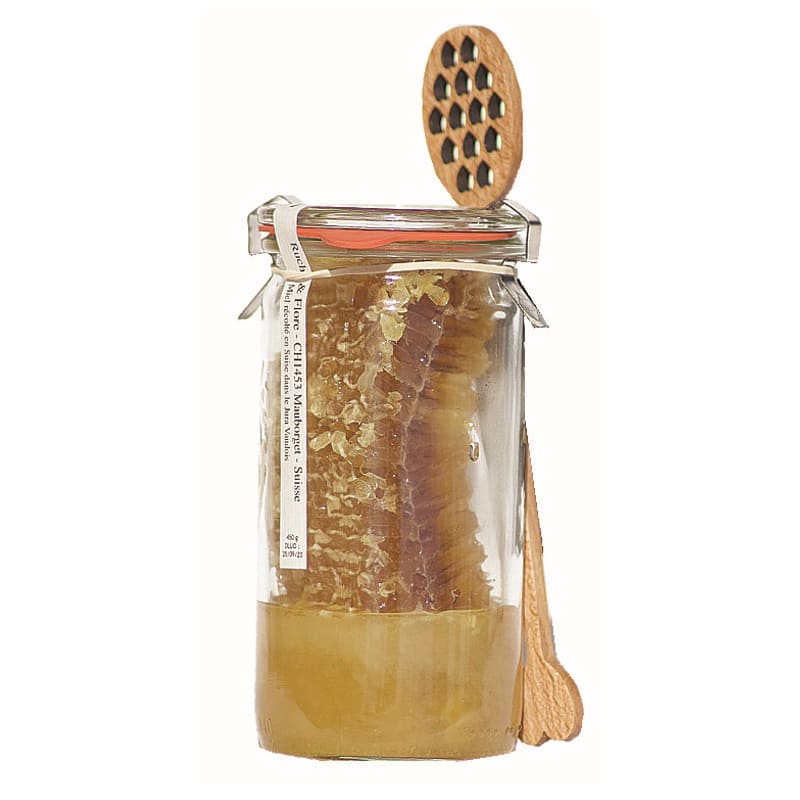Wabenhonig, also known as honeycomb, represents a delectable and visually stunning form of honey that has captivated taste buds and cultural traditions across the globe. This natural marvel, created by industrious bees, has become more than just a sweet treat; it holds a significant place in culinary traditions, health practices, and cultural symbolism. In this article, we will explore the fascinating world of Wabenhonig, from its creation within the beehive to its diverse applications in kitchens worldwide.
The Creation of Wabenhonig:
Wabenhonig is essentially honey in its purest and most raw form, presented in the comb structure created by bees. Worker bees collect nectar from flowers, transform it into honey through enzymatic processes, and then store it within the wax cells of the hive. Over time, the honeycomb is sealed with beeswax to preserve the honey and protect it from external elements.
The Unique Aesthetics and Structure:
What sets Wabenhonig apart is its visually striking hexagonal structure. Bees construct these hexagons with remarkable precision, maximizing efficiency in terms of space and resource utilization. The cells of the honeycomb are not only visually appealing but also serve as a functional and practical storage system for honey.
Culinary Applications:
- Direct Consumption:
- One of the most delightful ways to enjoy Wabenhonig is by consuming it in its pure, raw form. Some connoisseurs prefer to eat the honeycomb as is, savoring the burst of flavors and textures that come with each bite.
- Accompaniment to Cheese and Charcuterie:
- Wabenhonig pairs exceptionally well with various cheeses and charcuterie boards. Its natural sweetness and unique texture provide a harmonious balance to the savory and salty notes of cheeses and cured meats.
- Gourmet Desserts:
- Chefs and home cooks alike incorporate Wabenhonig into gourmet desserts, adding a touch of natural sweetness and a visually appealing element. From drizzling it over cakes to incorporating it into ice creams, the possibilities are endless.
- Spread and Toppings:
- Spreadable Wabenhonig serves as an excellent alternative to traditional honey. Its thick consistency makes it a perfect topping for toast, pancakes, waffles, and even as an accompaniment to fruits and yogurts.
Health Benefits:
- Nutrient-Rich:
- Wabenhonig retains more of its natural nutrients compared to processed honey. It contains antioxidants, vitamins, and minerals that contribute to overall well-being.
- Digestive Aid:
- Some believe that consuming Wabenhonig may aid digestion, thanks to its enzymes and beneficial compounds. It is often used as a natural remedy for soothing sore throats and coughs.
Cultural Significance:
Beyond its culinary uses and health benefits, Wabenhonig holds cultural significance in various traditions. In some cultures, honeycomb is considered a symbol of abundance, sweetness, and prosperity. Additionally, the intricate hexagonal pattern is often seen as a testament to the brilliance of nature’s design.
Conclusion:
Wabenhonig, with its exquisite structure, rich flavor, and cultural resonance, offers a truly unique experience for those who appreciate the wonders of natural honey. From gourmet kitchens to traditional ceremonies, honeycomb continues to weave its way into the fabric of human culture, showcasing the remarkable intersection of nature’s ingenuity and human culinary creativity.










